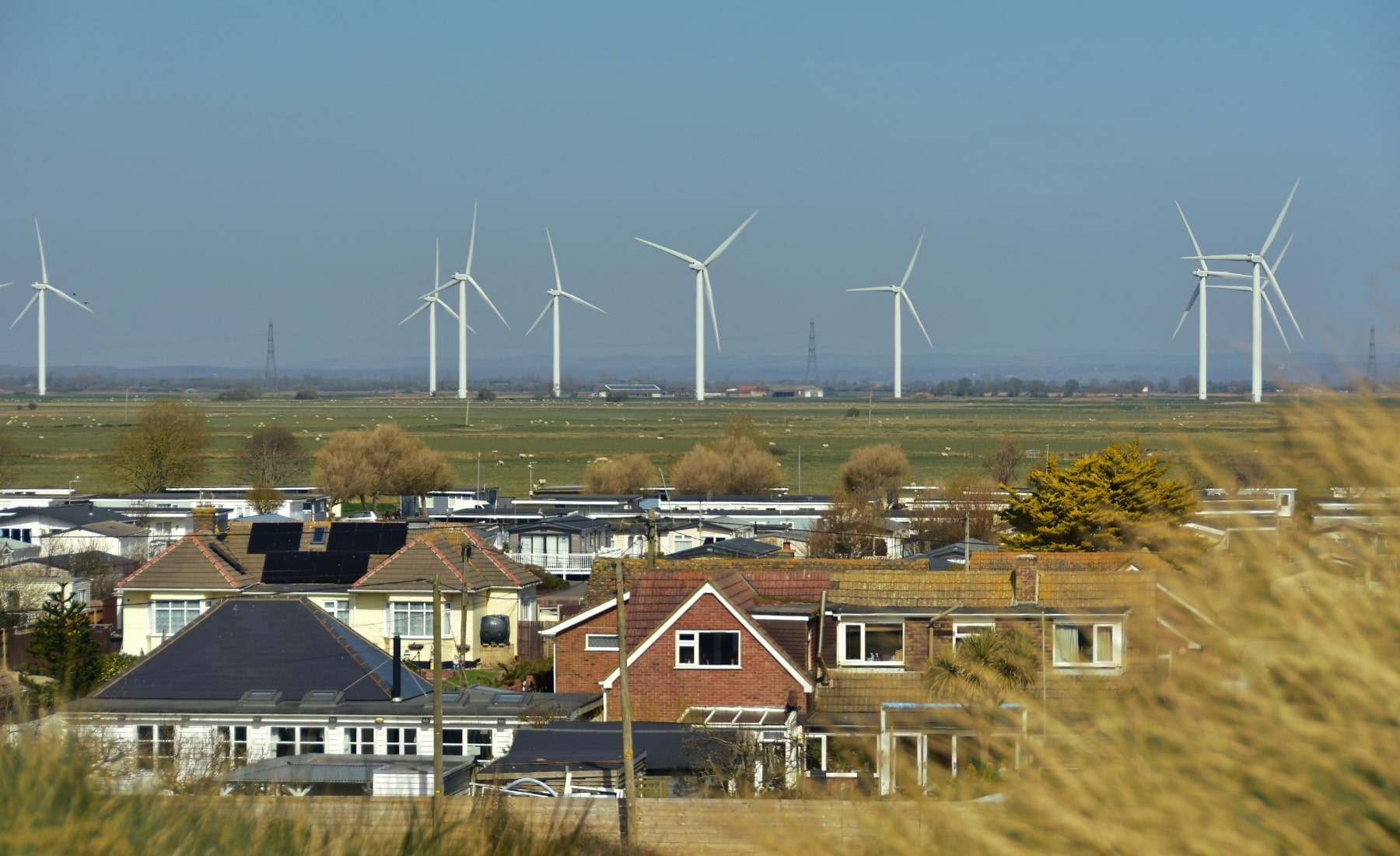Local people should benefit from local infrastructure
When new energy infrastructure is developed near a community, the impacts are real: changes to local landscapes, disruption during construction, and a long-term presence. But often, the financial returns go elsewhere.
While we have seen many renewable energy projects, particularly in the onshore wind sector, bring significant benefit to local communities, creating direct improvements in a local area, these successes have not been consistent across the sector. Across other technologies community benefits are often patchy, limited or entirely absent.
Mandating community benefits can change that. It can create clarity, consistency and increased fairness, ensuring no community misses out simply because of where a project is located or what technology it uses.
Why Regen supports a flexible mandate
We don’t believe in a rigid one-size-fits-all solution. Community benefit schemes work best when they reflect local needs, priorities and capacities. For that reason, a mandate must be flexible in its design and delivery. Specifically, it must:
- Ensure the contribution level varies by technology, recognising differences in financial models – this process needs to work for developers as well as communities
- Allow flexibility in how benefits are delivered, so that communities can shape projects in a way that works for them
- Set a clear national threshold for mandating – we agree with the 5 MW suggestion for applicability, while exempting smaller, often community-led initiatives
- Avoid prescription on how funds are used, but provide practical guidance and examples.
The goal is a standard that guarantees communities will benefit, but leaves the detail to be shaped locally.
Capacity building is key
The most successful community benefit schemes are those that are co-designed with communities, aligned with local priorities and supported with the right tools and resources to help upskill and empower the wider community. That’s why, in our response, we’ve called for:
- A publicly available register of community benefits to improve transparency and learning
- Investment in capacity-building support, so all communities, regardless of experience, can participate fully
- Options to pay community members for being involved in the fund administration process, so these opportunities go wider into the community
- Practical guidance and examples to support developers, fund administrators and communities.
Our ongoing work
We continue to work closely with our members and partners to shape best practice in this space. For example, recently we worked with members of our planning working group to publish a best practice guide to community engagement. If you’d like to discuss this topic further, please contact Rebecca Windemer, or register to attend our next planning working group session in October.













